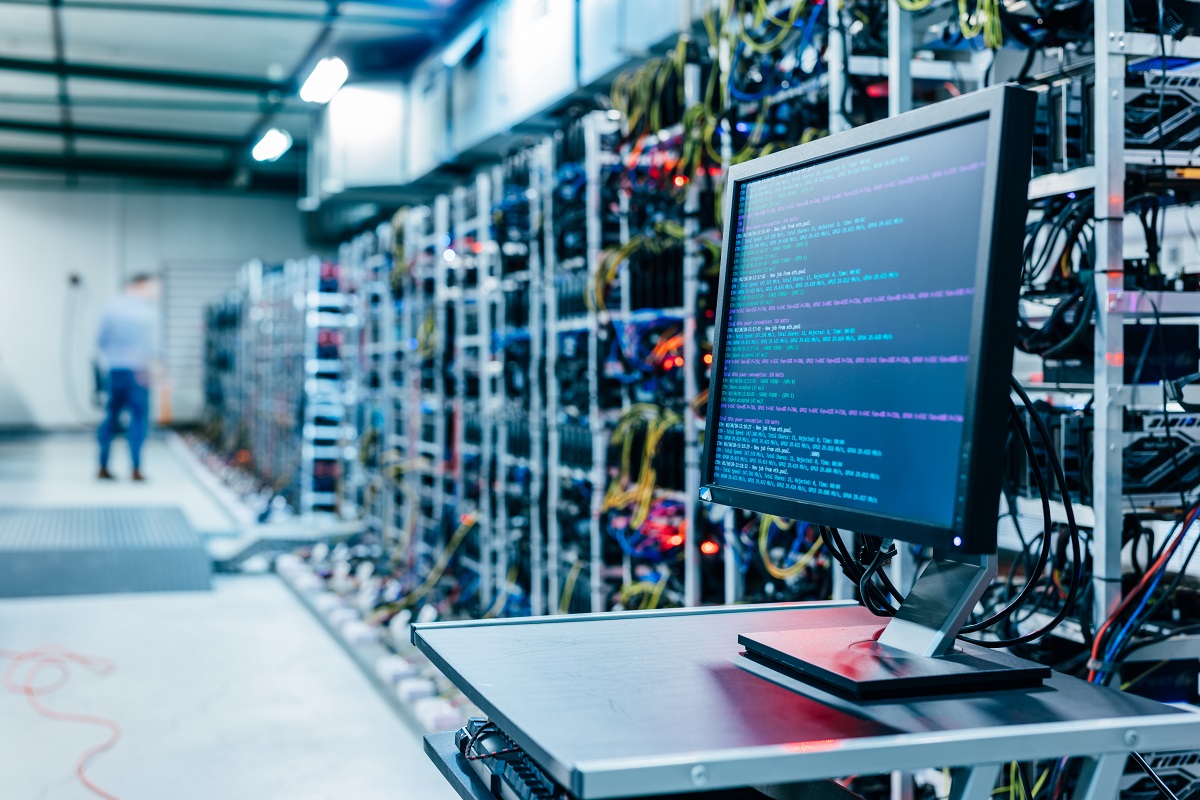
21 Oct Core Components of a Data Center
What are the core components of a data center?
- Computer Systems
- Facility
- Internet Connection
- Cooling System
- Physical Security
For any organization, the smooth flow of operations and processes is important. One of the most crucial elements that make this possible is the data center. Many components of a data center, after all, make it possible for a wide range of on-site IT-related activities to take place. These activities may range from storing data, communicating information over a shared network, securing an entire network communication, protecting assets, and so on.
As organizations, companies, or businesses evolve and develop, these data centers need to evolve alongside productivity, efficiency, and effectiveness. To do this, understanding the many elements present inside this invaluable facility is essential. Continue reading to learn more.
Computer Systems
Every data center needs to have a set of dedicated computer systems that are well-maintained. These can range from storage devices, firewalls, network routers, application delivery controllers, and the like. Let’s take a look at some of them.
Firewalls
A firewall is a network security device that’s constantly analyzing and monitoring incoming and outgoing network traffic. Although there are many kinds of firewalls, the most basic of them work by granting or denying access to data packets that contain certain signatures. With a dedicated firewall for your organization — along with other applications for network security — you can safely send emails, visit websites, or conduct a conference.
Network Routers
Your data center’s network routers enable your entire business to be connected to the internet. Your data center can have multiple network routers, depending on its size.
Application Delivery Controllers
Application Delivery Controllers or ADCs are essential in distributing your company’s workload more evenly throughout the board. These devices are essentially responsible for optimizing your applications’ performance so that they may become more accessible and convenient for the user. These devices are usually situated between the firewall and the application servers.
Facility

The operations that take place inside your data center are arguably just as good as the facility that surrounds it. The physical space is a crucial factor in determining how well all the IT-related processes fare.
Usually, buildings have a sole room that’s dedicated to all types of data center activities. If your building already has a data center, you’ll find that it’s usually organized based on a layout — but this ultimately depends on your organization’s requirements.
Generally, a data center facility is built to store all the hardware used by your company. More than that, there should also be enough space to allow the necessary personnel to conduct an inspection, cleaning, and maintenance of all the hardware, racks, cooling systems, ventilation, switches, and other utility storage units.
Internet Connection
Think about a small network, say your home’s network. Depending on the package that you’ve subscribed to with your internet service provider, the internet connection’s quality can either be favorable or not.
For example, when every member of your household is connected to the internet using multiple devices — be it tablets, laptops, computers, smartphones, and other smart devices — the connection’s speed can definitely slow down. Now think about a full-fledged company that’s running multiple desktops, laptops, and other computing hardware. There definitely needs to be a fast and reliable internet connection for that company to run all its IT operations smoothly and efficiently.
Data centers are now benefiting from improved network solutions such as fiber internet. This technology has allowed them to connect their local area network (LAN) to the wide-area network (WAN) and take advantage of other features such as cloud technology, improved signal strength, higher bandwidth, reduced latency, and many more.
Cooling System

You may already be aware that all kinds of electronic devices produce some level of heat. This is because their main energy source comes from electricity distributed across a network of circuits and wires.
As said before, data centers keep many different devices in a single room. These devices are simultaneously running at any time the organization needs them. Due to the amount of heat waste produced by these processes, there needs to be a reliable method of cooling the entire facility — this is where the cooling systems come into the picture.
Your data center may make use of either one or a combination of cooling systems, like chilled water, refrigerant, indirect air evaporative, air conditioning, direct-to-chip, and the like. Making use of the most efficient cooling systems can allow organizations to maximize the use of high-end computers, processors and prevent cases of overheating from taking place.
Physical Security
You might have seen spy movies wherein an unauthorized personnel hacks into a data center facility in order to steal sensitive information. Although these instances may happen in outrageously-fictional situations, a data center’s physical security component should not be overlooked.
Data center facilities make use of a combination of intangible/virtual and physical security devices. Physical security can be done, for example, through something as simple as installing access control devices like biometric scanners, security cameras, or even alarm systems.
On the other hand, intangible security may come in RFID tags, particularly when it comes to asset-tracking and management. In this case, every computing unit inside a data center has been assigned or plastered with a unit RFID tag. The information contained on the tag can be accessed through an application or software that’s installed on an authorized person’s computer or device.
Key Takeaway
As you have learned, some data center components include computer systems, cooling systems, physical security, internet connection, and the facility itself.
Due to the complexity of operations inside a data center, organizations need to know how to troubleshoot problems that may affect the performance of their IT-processes. More often than not, these problems can be identified and rectified within the data center’s different parts and components themselves in order to develop an IT infrastructure that works for the organization.
